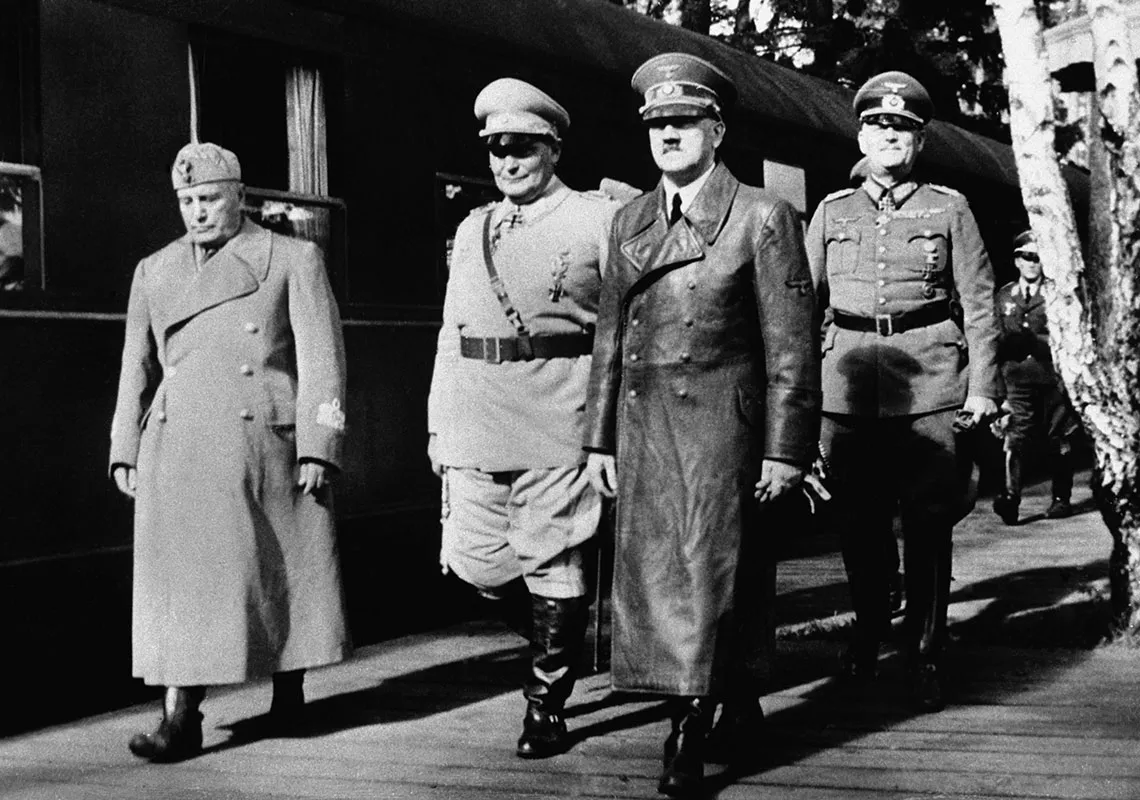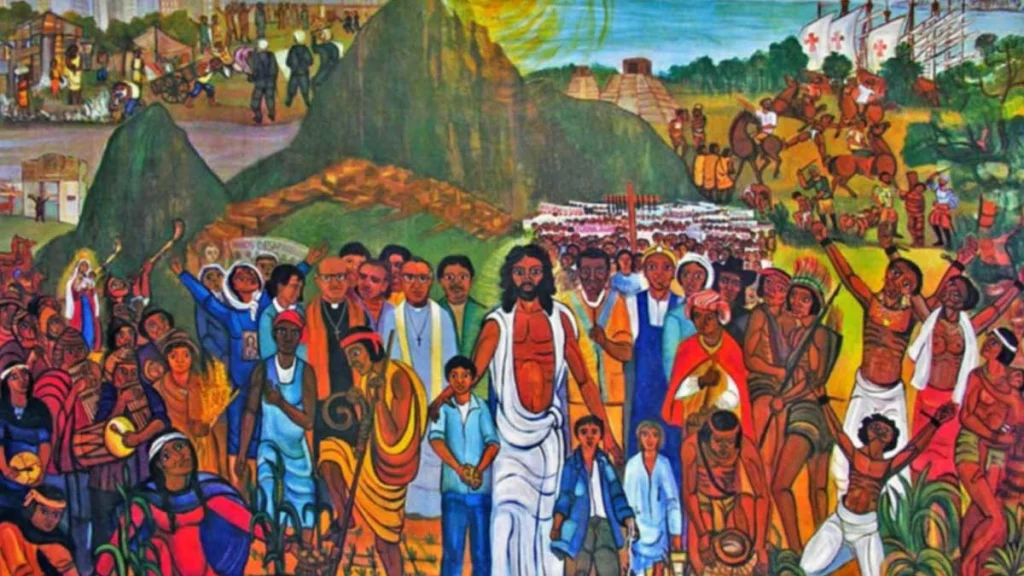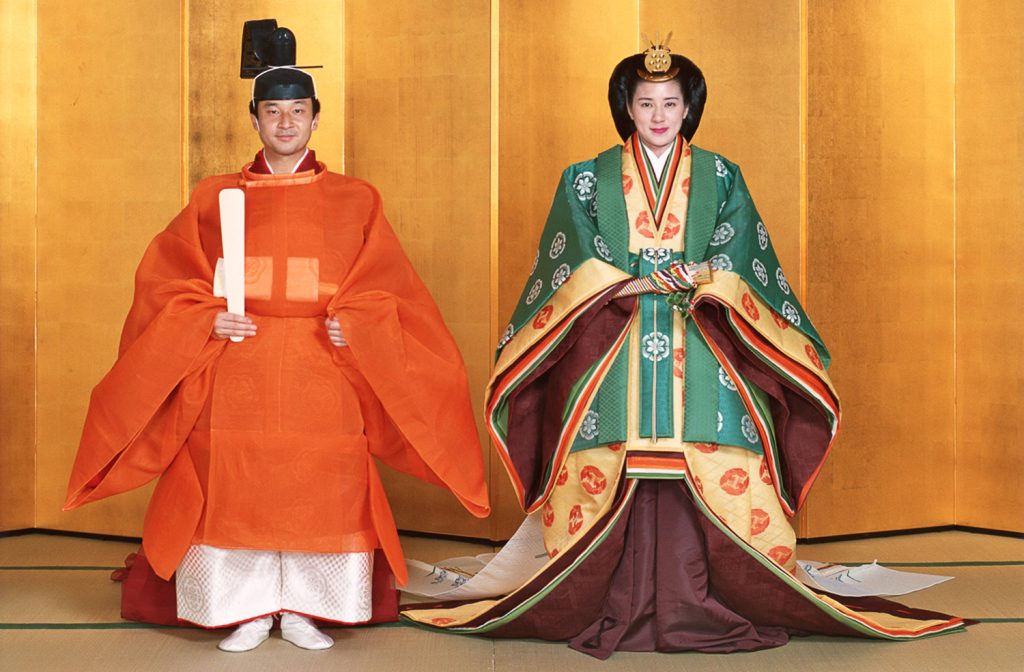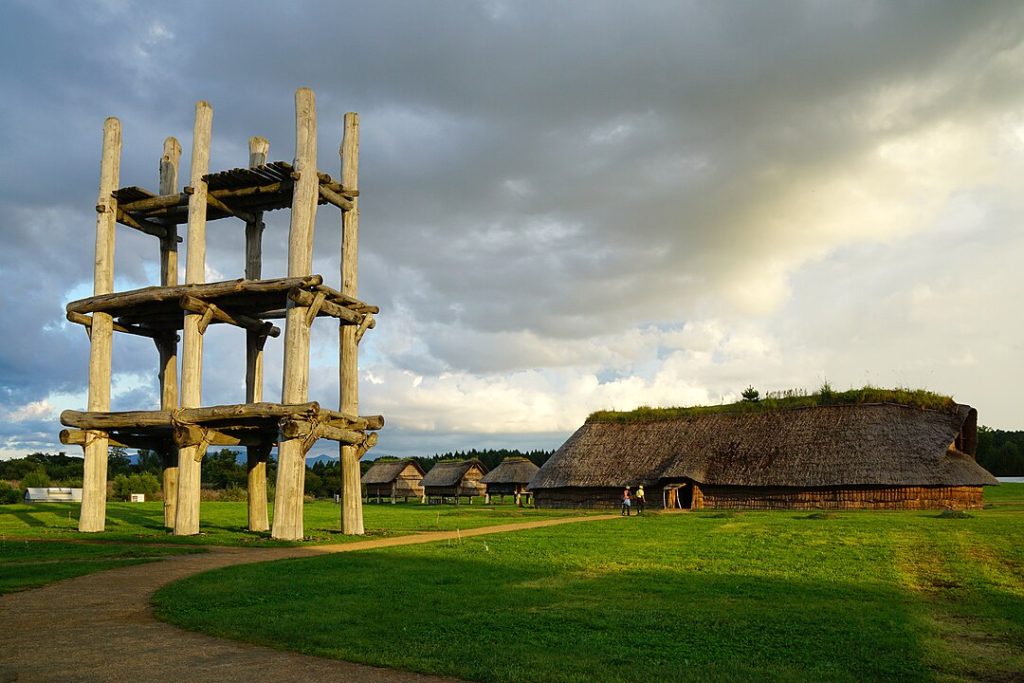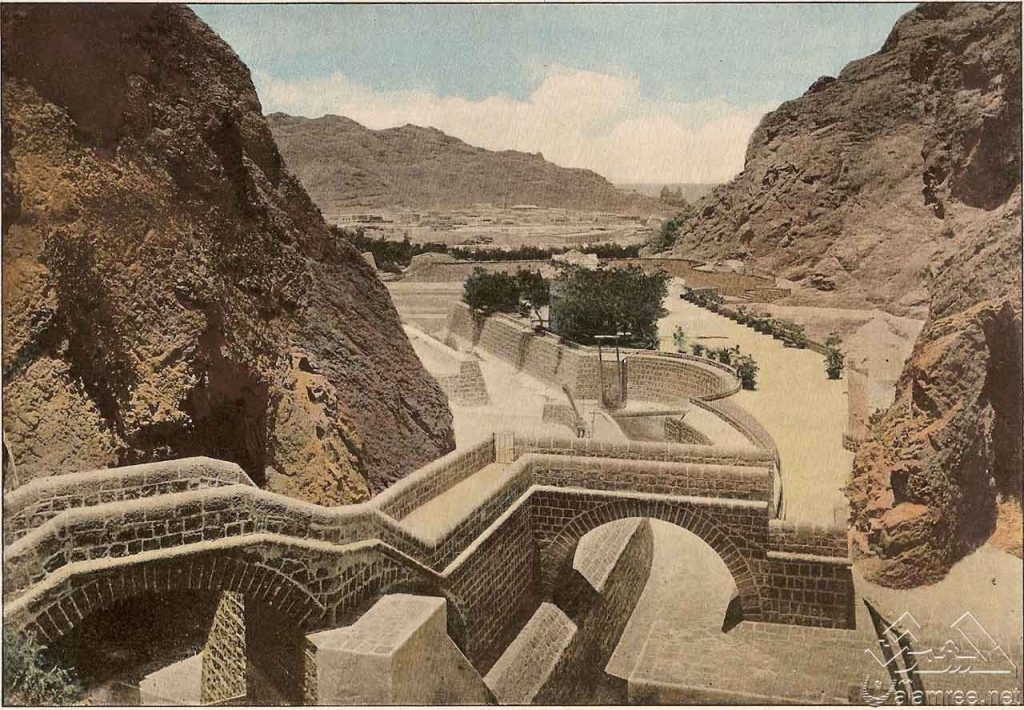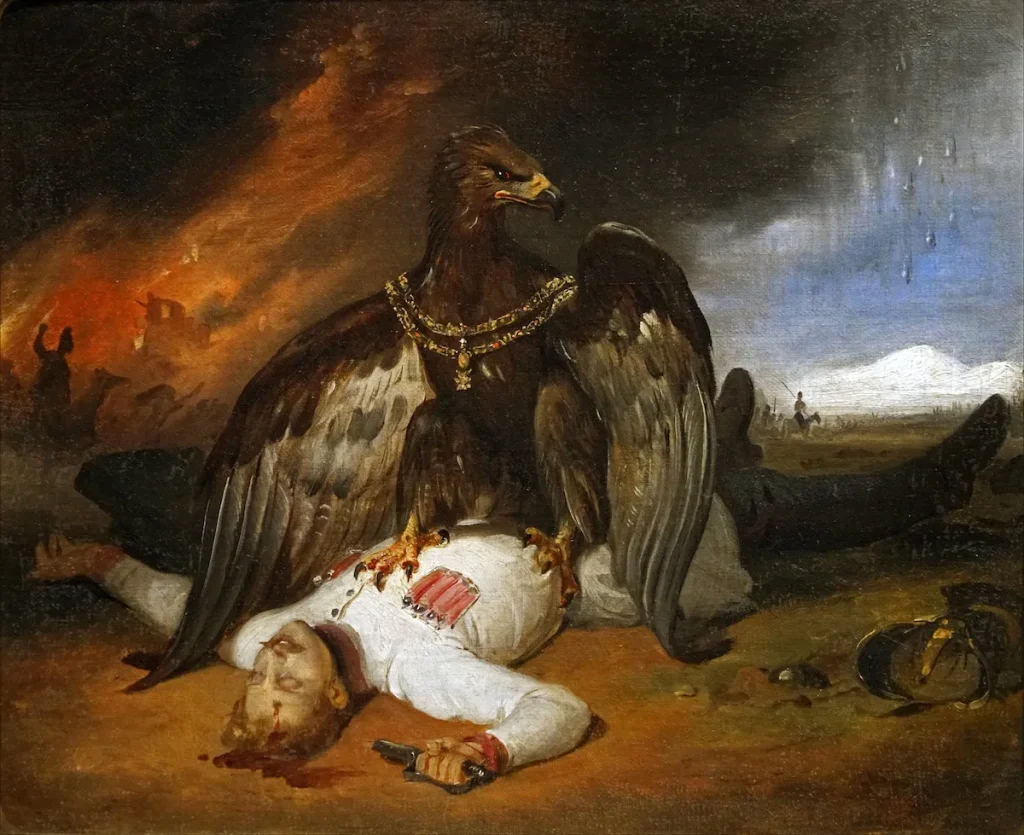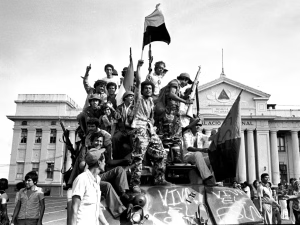The story of World War II is often told in terms of battles, dates, and borders—but it was shaped most deeply by people. Not just generals and politicians, but thinkers, schemers, and survivors who, through strategy or ideology, brutality or brilliance, etched their mark on the bloodstained map of the 20th century. These fifteen figures did not merely participate in the war—they drew its contours.
1. Adolf Hitler – The Architect of Catastrophe
He was the spark that lit the world on fire. As Führer of Nazi Germany, Hitler’s rise from failed artist to dictator unleashed a wave of conquest and genocide. His obsession with racial purity and lebensraum led directly to the Holocaust and the devastation of Europe. Every decision he made, from invading Poland to opening the Eastern Front, reshaped the world.
2. Winston Churchill – The Voice of Defiance
When the world seemed on the brink of fascist domination, Churchill’s gravelly voice and iron will kept Britain standing. He rallied a battered people with words as potent as weapons, refusing to surrender even as bombs rained over London. More than a prime minister, he became a symbol of resilience.
3. Franklin D. Roosevelt – The Arsenal of Democracy
From the White House, FDR steered the United States through the Great Depression and into a war it did not want—but could not avoid. His leadership transformed America into the world’s industrial and military powerhouse. Through Lend-Lease and global diplomacy, he wove together the Allied effort.
4. Joseph Stalin – The Relentless Bear of the East
Stalin’s Soviet Union bore the brunt of Nazi fury. Under his command, millions died—some in war, others in purges and forced labor camps. But his Red Army turned the tide at Stalingrad, broke the German war machine, and swept through Eastern Europe. He emerged not only a victor but a superpower.
5. Emperor Hirohito – The God in Uniform
Though his role remains debated, Hirohito stood atop Japan’s imperial war machine. Under his reign, Japan invaded China, attacked Pearl Harbor, and unleashed atrocities across Asia. Whether passive figurehead or active enabler, his presence loomed over Japan’s aggressive expansion and eventual surrender.
6. Benito Mussolini – The Clown of Fascism
Italy’s dictator dreamed of Roman glory but dragged his country into ruin. He invaded Ethiopia, allied with Hitler, and declared war on the Allies—only to be overthrown and executed by his own people. His fascist ideology inspired others, but his failures exposed its hollow core.
7. Dwight D. Eisenhower – The Supreme Commander
Ike didn’t seek glory—he earned it through calm leadership and unbreakable alliances. As Supreme Allied Commander, he oversaw D-Day, the largest amphibious invasion in history, and coordinated the final push into Nazi Germany. Later, he would become president, but his wartime diplomacy and strategy marked his finest hour.
8. Erwin Rommel – The Desert Fox
Rommel earned the grudging respect of his enemies with tactical brilliance in North Africa. Though a German general, he was no blind Nazi. Caught in the orbit of the July 20 plot to kill Hitler, he was forced to die by suicide. His legacy is complex—part warrior, part reluctant rebel.
9. Charles de Gaulle – The Ghost of Free France
While France fell, de Gaulle refused to. Broadcasting from exile in London, he rallied resistance forces and staked a claim for a postwar France not defined by Vichy cowardice. After the war, he became the founding father of modern France—and a stubborn symbol of French pride.
10. Harry S. Truman – The Man Who Dropped the Bomb
When FDR died, Truman was thrust into the biggest decision of the century. He gave the order to drop atomic bombs on Hiroshima and Nagasaki—ending the war, but opening the nuclear age. Unprepared, underestimated, and suddenly commanding the world’s deadliest arsenal, Truman’s choices reshaped history.
11. Heinrich Himmler – The Master of Death
As head of the SS and architect of the Final Solution, Himmler transformed Nazi ideology into machinery of mass murder. He built the concentration camps, orchestrated genocide, and helped turn a dictatorship into a totalitarian nightmare. If Hitler imagined the horror, Himmler organized it.
12. Anne Frank – The Face of Innocence
She never held a weapon or led an army—but her diary became one of the most haunting voices of the war. Hidden in an Amsterdam attic, Anne Frank documented a world collapsing around her. Her eventual death in Bergen-Belsen underscored the tragedy of the Holocaust—and the humanity behind the numbers.
13. Isoroku Yamamoto – The Reluctant Admiral
Yamamoto planned the attack on Pearl Harbor, but he also knew Japan’s chances were slim. A Harvard-educated strategist, he feared awakening the American giant—but did his duty. His death in 1943, when U.S. forces shot down his plane, was a symbolic turning point in the Pacific War.
14. Chiang Kai-shek – The Forgotten Ally
As leader of China’s Nationalist government, Chiang fought a brutal war against Japan long before Pearl Harbor. His fractured alliance with the Communists weakened China’s resistance—but his stubborn endurance tied down Japanese forces and earned China a place among the Allied powers.
15. Albert Einstein – The Reluctant Catalyst
Einstein was no soldier, but his 1939 letter to Roosevelt warning of Nazi atomic ambitions set the Manhattan Project in motion. A pacifist who fled Hitler’s Germany, he helped ignite the nuclear age—though he later lamented it. The bomb was built by others, but the fuse was lit by Einstein’s words.
World War II wasn’t just a collision of armies—it was a collision of wills, ideologies, and individuals. These fifteen figures, through action or influence, gave the war its human face. They remind us that history isn’t shaped by fate alone, but by people who choose, often under impossible pressure, to act.

